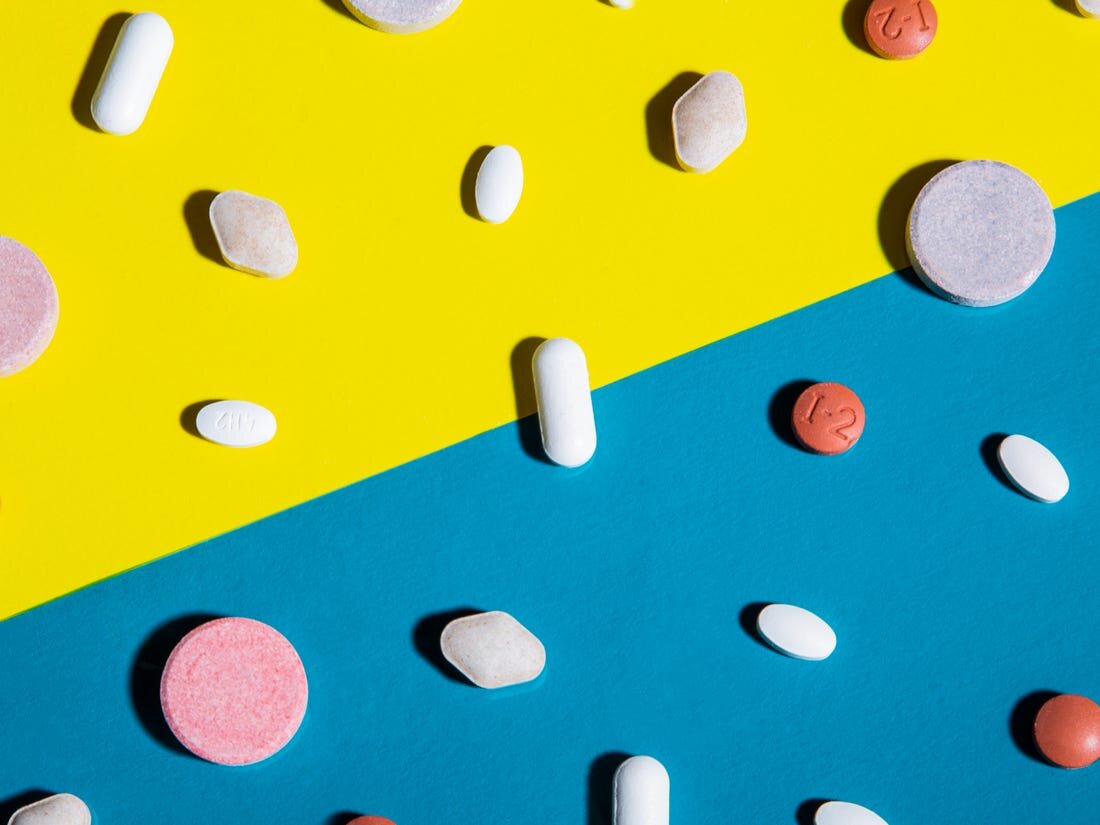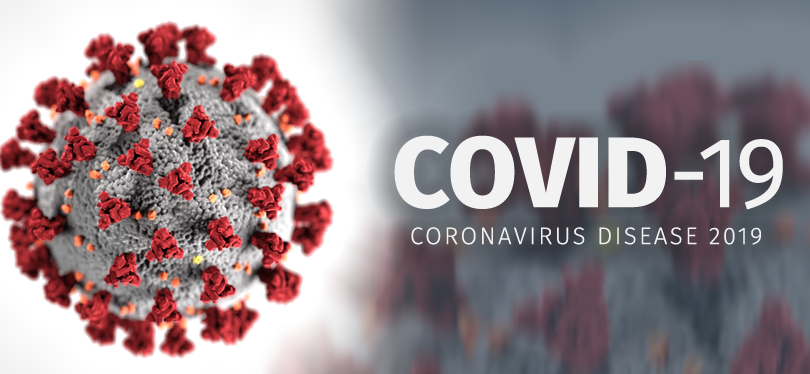The following are the long-term effects of anabolic steroids on such individuals.
MOST DAMAGING:
Kidney problems or failure
Liver damage and tumors
Enlarged heart, high blood pressure, and changes in blood cholesterol, all of which can increase the risk of stroke and heart attack, even in young people
Increased risk of blood clots
Less dangerous but nonetheless other adverse effects include acne, oily skin and scalp, male pattern baldness, insomnia, mood changes, and tendon ruptures.
Heart disease is the most feared risk of prolonged steroid use. The following constitutes the complications that may be encountered:
Abnormalities in blood lipids (total cholesterol, LDL (lousy cholesterol) and HDL (healthy cholesterol)
Hypertension
Coagulation disorders (such as platelet aggregation, leading to blood clots)
Cardiomyopathy (often a heart that is either thickened, enlarged and often with impaired relaxation, known as diastolic dysfunction)
Myocardial infarction and fatal arrhythmias that could lead to sudden cardiac death
I have evaluated several top-level pro bodybuilders and fitness competitors in my practice. Because of their awareness of these cardiac and other risks, they have done quite well as a whole. However, most competitors never see a physician.
I have no details as to the medical history on any of the individuals listed above. However, I venture to say that most of these fatalities could have been prevented. Let’s face it; how often do we see heart attacks, strokes, and both heart and kidney failure in the healthy young adult population?
For those who choose to use steroids, I recommend practicing prevention to mitigate the cardiac risks secondary to anabolic steroids.
WHAT ABOUT INSULIN?
Insulin is an anabolic hormone which promotes storage of nutrients such as carbohydrates in the form of glycogen and amino acids for protein synthesis. Therefore, such nutrient storage fuels the muscles and boosts muscle mass
Insulin abuse is the latest deadly trend. Bodybuilders use it -- often in combination with steroids -- to pump their muscles full of staying power. It's estimated that one in four steroid abusers also take insulin.
The insulin helps feed muscles during intense exercise, prevents muscle breakdown, and helps performance. The International Olympic Committee bans insulin. However, it's impossible to detect. Cheaters can take it just before an athletic competition and not get caught.
Insulin just might boost athletic performance. And it just might kill. Bodybuilders are generally insulin sensitive as it is. By taking exogenous insulin and not knowing how and when to ingest carbs can seriously lower blood sugar. COMA and DEATH can result.
Insulin also promotes fat storage. As powerful as insulin is, it also has a major flaw. It can build up fat cells and muscle cells in equal measure. If you eat sugary carbs at the same time as you eat fat, your body transports the carbs into the cells right along with the fat.
HUMAN GROWTH HORMONE (HGH)
Combining steroids with HGH is certainly not new. While steroids are best known for increasing muscle mass and strength, HGH, on the other hand, impacts body composition. It directly promotes fat burning. It is involved with the turnover of muscle tissue, which is important for adding lean muscle mass. HGH helps to maintain, build, and repair healthy tissue in the brain and other organs. This hormone can help to speed up healing after an injury and repair muscle tissue after exercise. This helps to build muscle mass, and boost metabolism,
While all this sounds great, there are some major drawbacks:
Carpal tunnel syndrome.
Increased insulin resistance.
Type 2 diabetes.
Swelling in the arms and legs (edema)
Joint and muscle pain.
For men, enlargement of breast tissue (gynecomastia)
Increased risk of certain cancers.
If you’ve observed top level pro bodybuilders lately, you might notice that their abdomens are grossly distended, despite having ripped abs. This is anything but aesthetically pleasing and is a result of overuse of HGH and insulin. Indeed, the liver and spleen can enlarge as well as the kidneys and loops of bowel. What’s worse is that these changes are generally permanent. Don’t expect internal organs to shrink back to their normal size once HGH is discontinued!
DIURETICS:
Competitive bodybuilders strive for that hard shredded, dry look at contest time. Diuretics are often used to achieve this goal. However, severe dehydration, kidney failure, electrolyte derangements, cardiac arrhythmias and sudden death can result. Talking about death in bodybuilding, most hospitalizations and deaths are, in fact, overwhelmingly due to the use and abuse of diuretic supplements.
NOW THE GOOD!




































